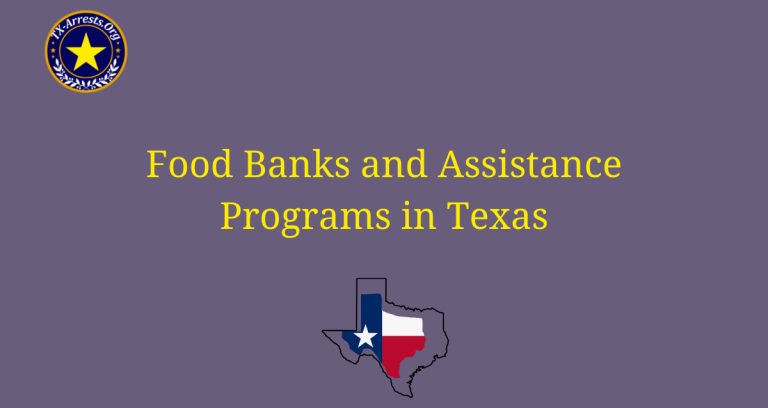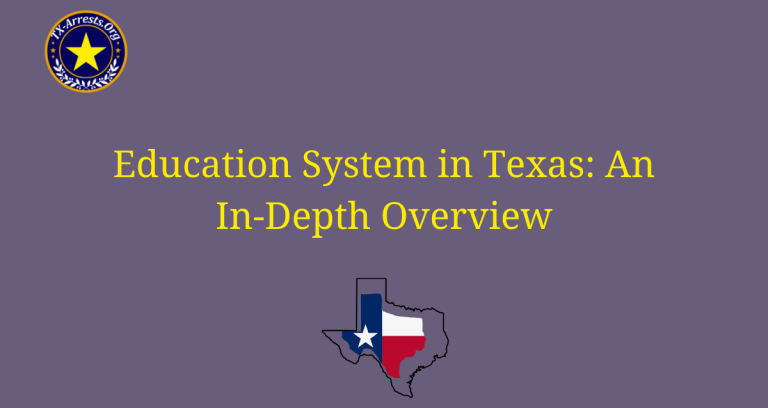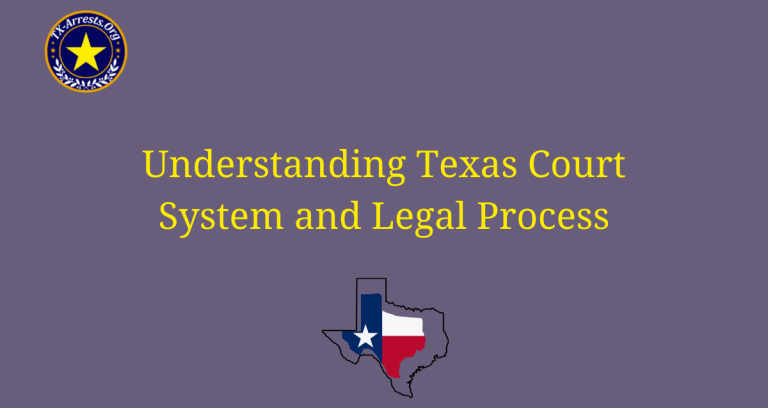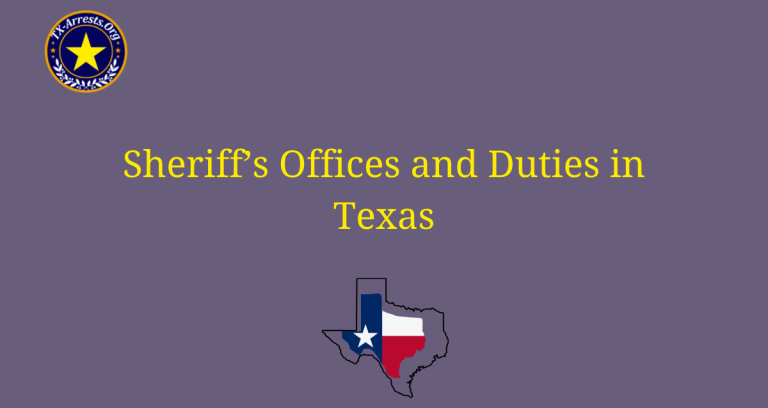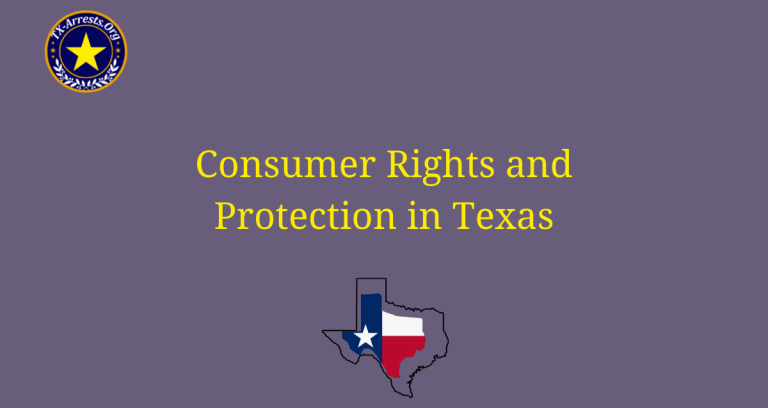Role of Law Enforcement in Community Policing in Texas
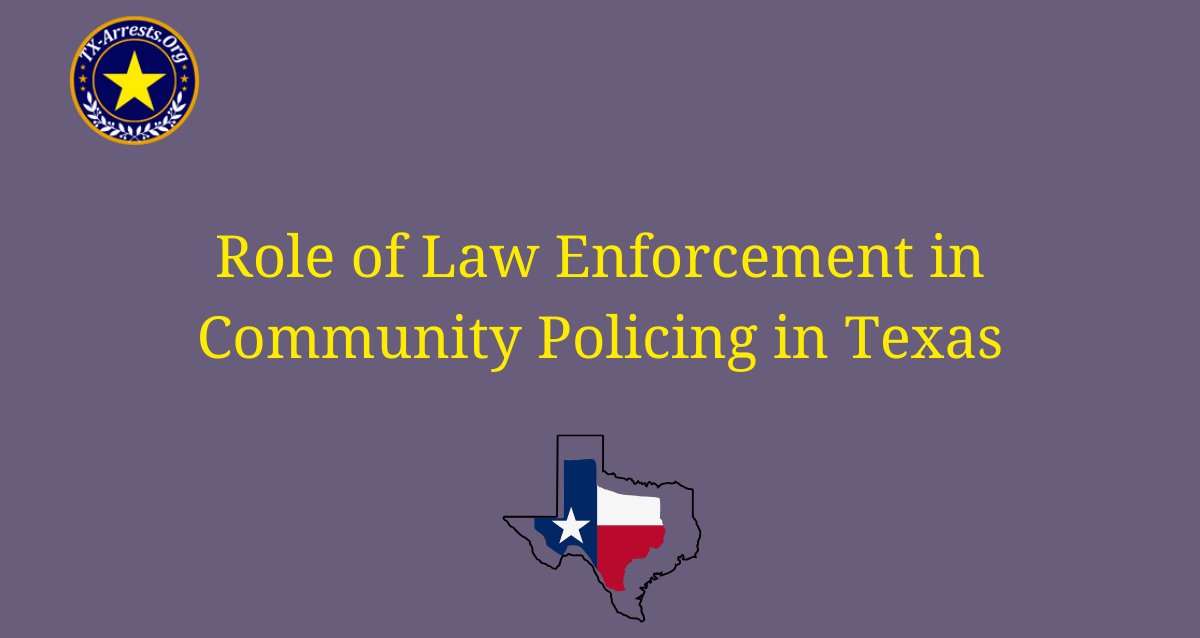
The role of law enforcement in community policing in Texas is a crucial one. Community policing is an approach to law enforcement that focuses on building strong relationships between the police and the communities they serve. It aims to create a partnership between law enforcement and community members in order to prevent crime, solve problems, and improve the overall quality of life in neighborhoods.
In Texas, law enforcement agencies play a vital role in implementing community policing strategies. They work closely with community members to identify and address specific concerns and issues. This collaborative approach helps to build trust and mutual respect between the police and the community, leading to increased cooperation and better outcomes.
Importance of Community Policing in Texas
Community policing is paramount in Texas, fostering strong bonds between law enforcement and residents. By promoting collaboration and trust, it enhances public safety, creating resilient communities. In Texas, recognizing the importance of community policing empowers citizens and officers alike, ensuring a safer and more connected society.
Building Strong Relationships
One of the main goals of community policing in Texas is to build strong relationships between law enforcement and the communities they serve. By fostering trust and open communication, police officers can work together with community members to address concerns and prevent crime. This partnership creates a sense of security and cooperation within neighborhoods.
Prevention of Crime
Community policing focuses on preventing crime rather than just responding to it. By working closely with community members, law enforcement agencies can identify potential issues and implement proactive strategies. This approach includes initiatives such as neighborhood watch programs, educational campaigns, and targeted patrols, all aimed at deterring criminal activity.
Problem-Solving Approach
Another key aspect of community policing is the emphasis on problem-solving. Law enforcement agencies in Texas work collaboratively with community members to identify and address specific concerns. By understanding the root causes of crime and working together to find solutions, police and community members can create safer and more vibrant neighborhoods.
Improved Quality of Life
Community policing aims to improve the overall quality of life in neighborhoods. By addressing issues such as drug activity, vandalism, and disorderly conduct, law enforcement agencies can create safer and more welcoming environments. This not only reduces crime but also enhances the well-being and happiness of community members.
Increased Trust and Cooperation
Through community policing, law enforcement agencies in Texas strive to build trust and mutual respect between the police and the community. By involving community members in decision-making processes and actively listening to their concerns, police officers can foster a sense of ownership and partnership. This leads to increased cooperation, better communication, and more effective crime prevention efforts.
Effective Implementation
For community policing to be successful, it requires effective implementation by law enforcement agencies. This involves training officers in community engagement, promoting accountability and transparency, and allocating resources to support community policing initiatives. By prioritizing community policing, Texas law enforcement agencies can create safer and more harmonious communities for everyone.
FAQs
What is the role of law enforcement in community policing in Texas?
The role of law enforcement in community policing in Texas is to maintain public safety and build strong relationships with the community. They work collaboratively with community members to address crime, prevent potential issues, and improve the overall quality of life for residents.
How do law enforcement agencies in Texas promote community involvement?
Law enforcement agencies in Texas promote community involvement by organizing community events, participating in neighborhood watch programs, conducting educational programs, and fostering open lines of communication with residents. They encourage community members to actively participate in keeping their neighborhoods safe.
What are the benefits of community policing in Texas?
The benefits of community policing in Texas include a decrease in crime rates, improved trust between law enforcement and community members, increased collaboration in problem-solving, and enhanced overall safety and security in the community.
How do law enforcement officers in Texas build trust with the community?
Law enforcement officers in Texas build trust with the community by engaging in positive interactions, being visible and accessible, treating all individuals with respect and fairness, and actively listening to the concerns and needs of community members.
What are some examples of community policing initiatives in Texas?
Some examples of community policing initiatives in Texas include community-oriented patrol strategies, citizen academies, community crime prevention programs, community forums, and partnerships with local organizations and businesses.
How does community policing contribute to crime prevention in Texas?
Community policing contributes to crime prevention in Texas by fostering a sense of ownership and responsibility among community members. By working together with law enforcement, residents are more likely to report suspicious activities, provide valuable information, and actively participate in crime prevention efforts.

